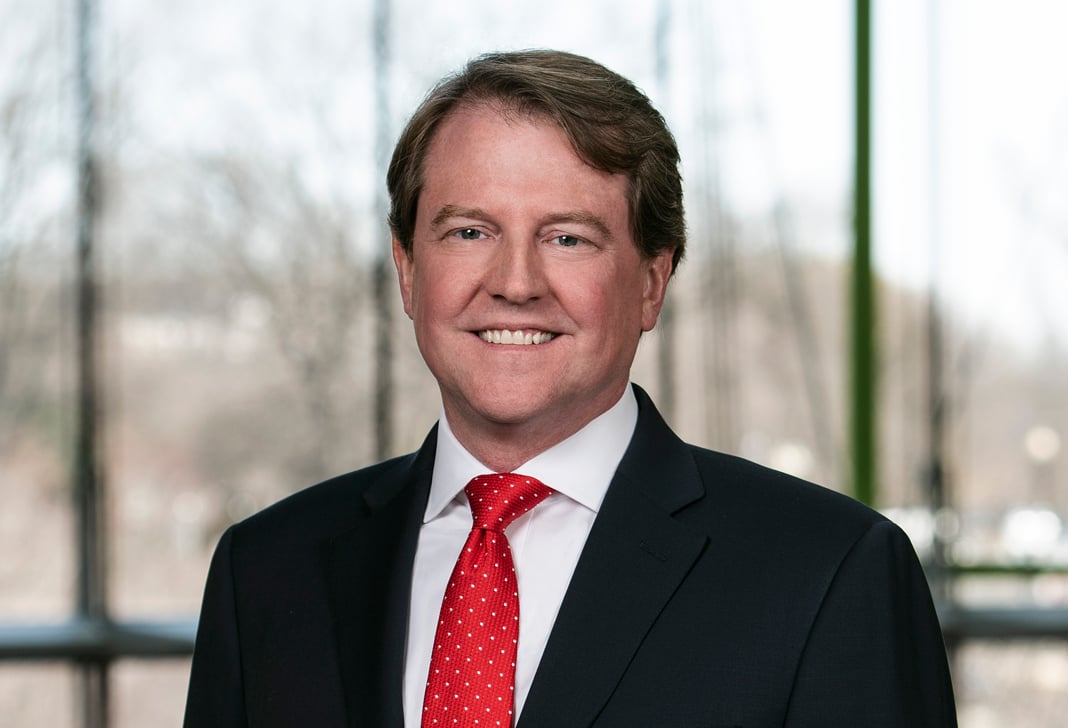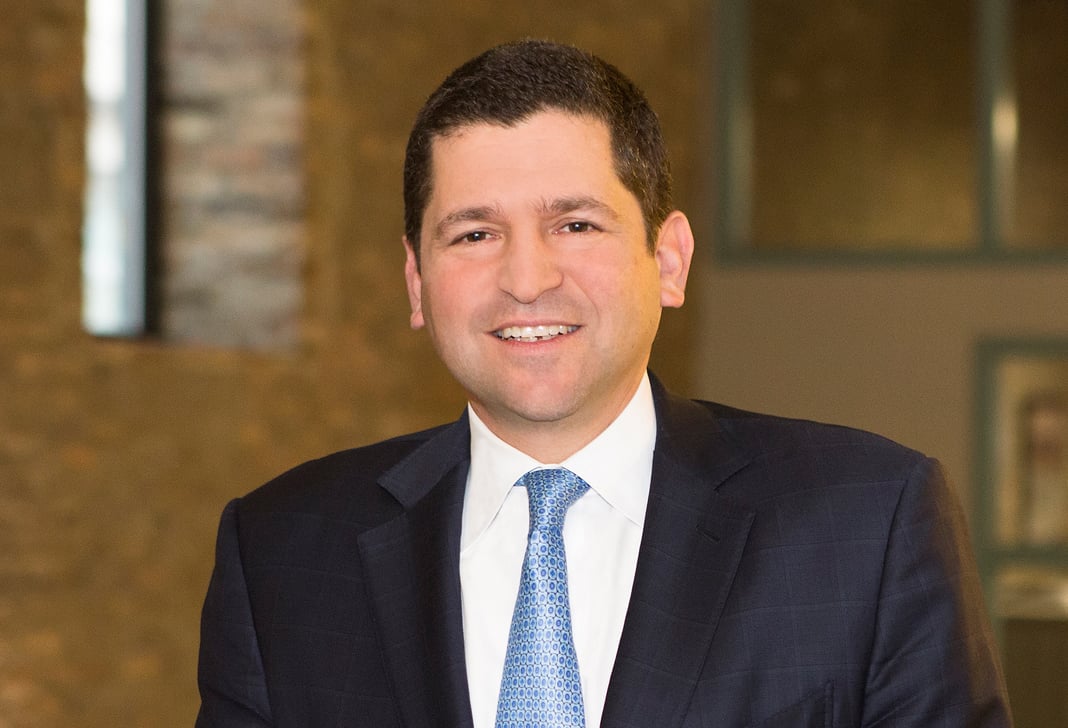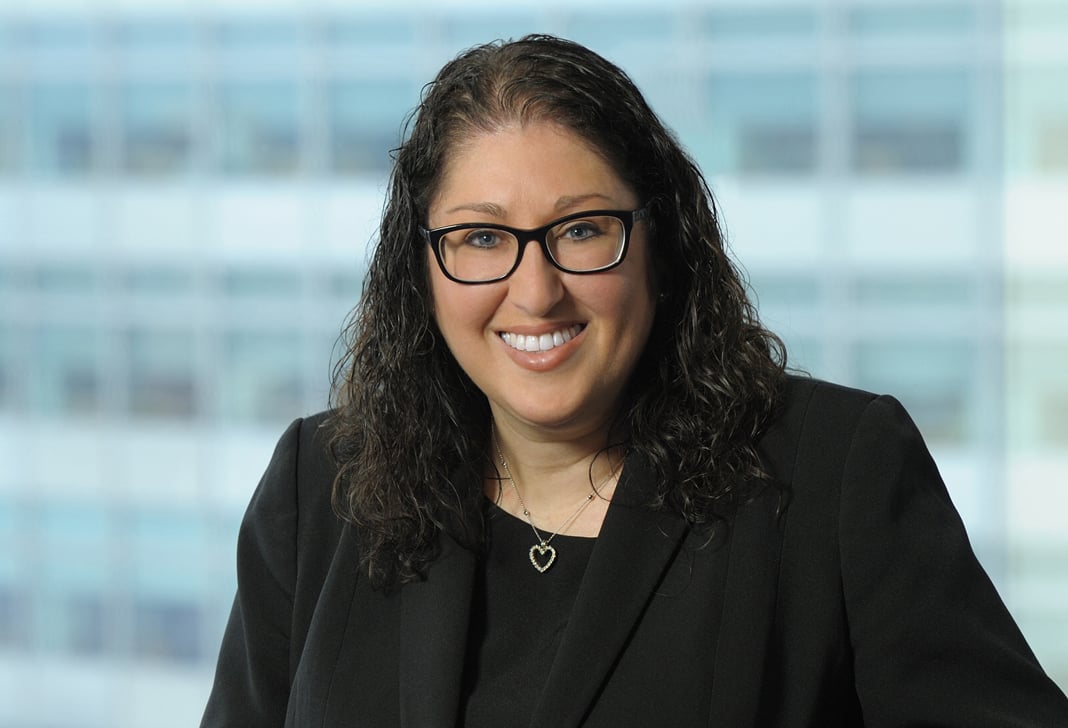
President Signs Amendments to Paycheck Protection Program Into Law
Amendments to loan forgiveness period, safe harbors, and other provisions provide flexibility to borrowers.
The new Paycheck Protection Program Flexibility Act of 2020 ("PPPFA") amends the Paycheck Protection Program ("PPP") created under the Coronavirus Aid, Relief, and Economic Security ("CARES") Act and affects both existing and future PPP loans. A summary of the PPPFA is set out below.
Loan Forgiveness Extensions
Applicability. The updated loan forgiveness terms apply to all PPP loans, including those that were made prior to the enactment of the PPPFA.
Extension of Covered Period for PPP Loan Forgiveness. The PPPFA extends the "covered period" for loan forgiveness (i.e., the period with respect to which borrowers may seek loan forgiveness) from an eight-week period to the earlier of: (1) 24 weeks from the loan origination date, or (2) December 31, 2020.
Borrowers with a PPP loan made prior to enactment of the PPPFA can elect to retain the eight-week covered period for loan forgiveness purposes.
Payroll Costs. Under the Small Business Administration's prior interim rules and guidance, at least 75% of any amount of loan forgiveness must have been used on payroll costs. The PPPFA requires that, in order to be eligible for any loan forgiveness, a borrower must use at least 60% of loan proceeds on payroll costs, and may use up to 40% of loan proceeds for eligible non-payroll costs, including interest on certain mortgage obligations, payments on rent obligations, and utility payments.
Extension of Re-Hire and Pay Restoration Safe Harbor Periods. The PPPFA extends from June 30, 2020, to December 31, 2020, the safe harbor period to hire/re-hire employees and/or restore reductions in employee salary/wages in order to avoid a reduction in the loan forgiveness amount.
Expansion of Re-Hire Safe Harbor. The PPPFA also expands the re-hire safe harbor for certain employers who are unable to hire or re-hire employees before December 31, 2020. In particular, the PPPFA allows an employer to avoid a reduction in the amount of loan forgiveness due to a reduction in the number of full-time equivalent employees where the borrower is able to document, in good faith:
- An inability (i) to rehire individuals who were its employees as of February 15, 2020; and (ii) to hire similarly qualified employees for unfilled positions by December 31, 2020; or
- An inability to return to the same level of business activity as the borrower was operating at before February 15, 2020, due to compliance with requirements established or guidance issued by Health & Human Services, the Centers for Disease Control and Prevention, or the Occupational Safety and Health Administration related to the maintenance of standards for sanitation, social distancing, or any other worker or customer safety requirement related to COVID-19.
Deferral Period. The deferral period for loan payments is extended from six months to the date on which the loan forgiveness amount is remitted to the lender, provided that borrowers apply for loan forgiveness within 10 months after the covered period ends.
Loan Maturity
New Loans. For PPP loans that are made after enactment of the PPPFA and have a remaining balance after loan forgiveness, the minimum maturity will be five years from the date on which the borrower applies for loan forgiveness and the maximum maturity will be 10 years.
Existing Loans. For PPP loans that were made prior to the enactment of the PPPFA, borrowers and lenders may mutually agree to modify the maturity terms of the loan to conform to the PPPFA.
Employer Payroll Taxes Delay of Payment
Payroll Tax Deferral. The PPPFA amends the CARES Act to allow borrowers that receive loan forgiveness to still be eligible for the deferral of payment of employer payroll taxes under Section 2302 of the CARES Act.







